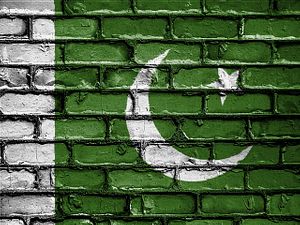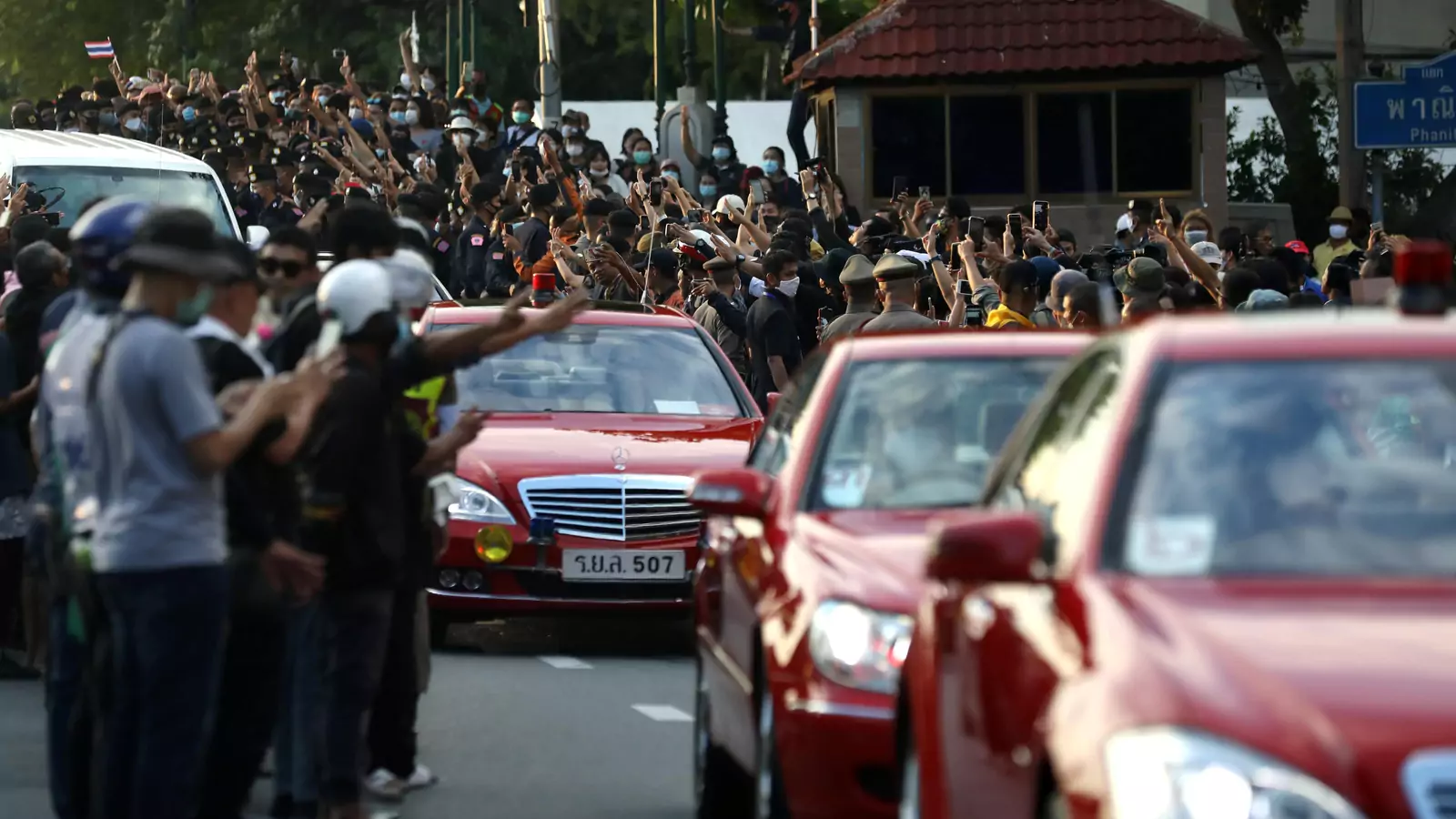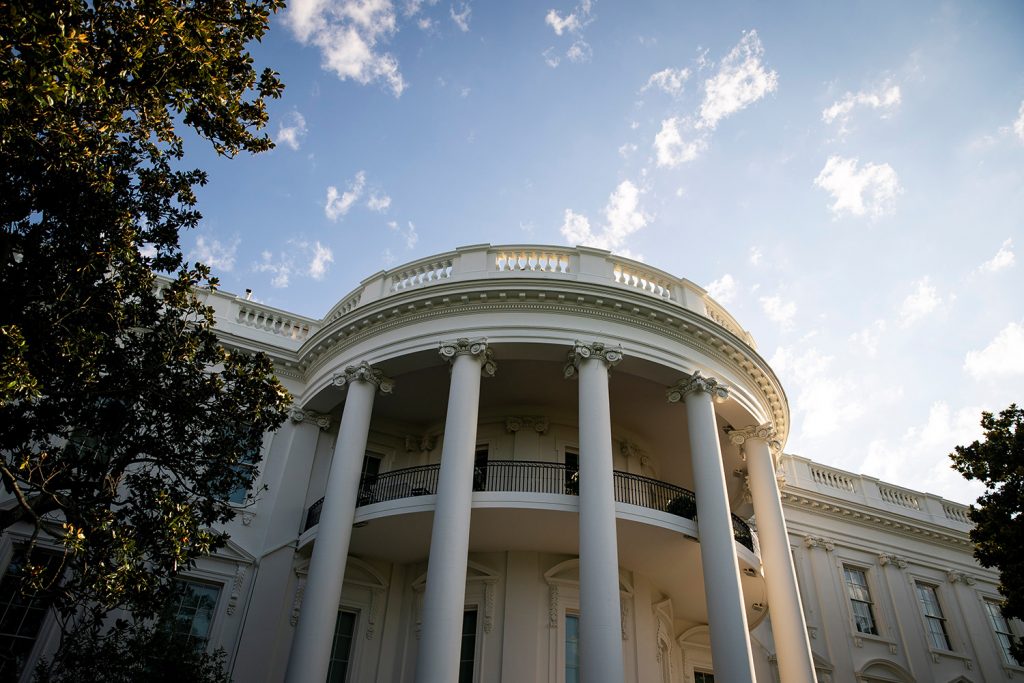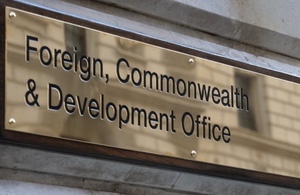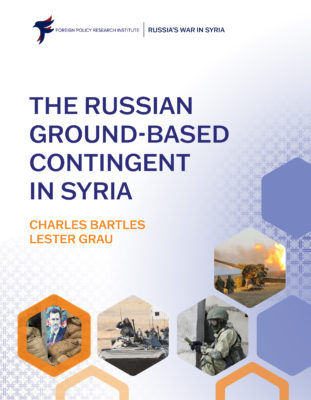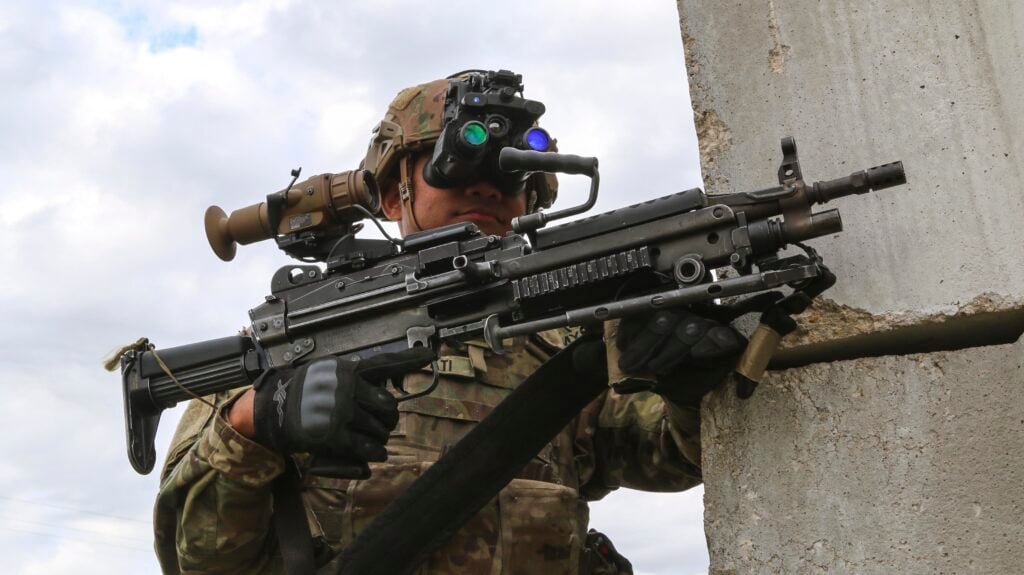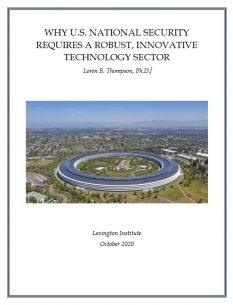Sourabh Gupta and Matt Geraci
Introduction
 China’s claims in the South China Sea is comprised of two parts. They are: (a) territorial sovereignty claims to the land features in the South China Sea, and (b) maritime rights and interests claims in the South China Sea.
China’s claims in the South China Sea is comprised of two parts. They are: (a) territorial sovereignty claims to the land features in the South China Sea, and (b) maritime rights and interests claims in the South China Sea.
Insofar as territorial sovereignty claims to the land features is concerned, China claims sovereignty over the South China Sea Islands (Nanhai Zhudao), which comprise of the Pratas Islands (Dongsha Qundao), the Paracel Islands (Xisha Qundao), Macclesfield Bank and Scarborough Shoal (Zhongsha Qundao) and the Spratlys Islands (Nansha Qundao). Macclesfield Bank is an entirely submerged feature, hence it cannot be considered to be an appropriate-able land territory as such in a legal sense.
China’s maritime rights and interests claims in the South China Sea come in three parts:
A claim to internal waters, territorial sea and contiguous zone, based on sovereignty over the South China Sea islands;
A claim to an exclusive economic zone (EEZ) and a continental shelf (CS), based on sovereignty over the South China Sea islands;
A claim based on the concept of ‘historic rights’ in the South China Sea.
The People’s Republic of China’s Claims in the South China Sea
China's Claims to Internal Waters, Territorial Sea, and Contiguous Zone
As a matter of policy, China has only declared baselines for the territorial sea surrounding Hainan and the Paracel Islands. Baselines have not been declared for the Pratas Islands (which are administered by Taipei), the Spratly Islands, and for Macclesfield Bank and the Scarborough Shoal. Based on China’s proclamations (since 1956) and conduct in the South China Sea, China does not consider the waters beyond 12 nautical miles of the various South China Sea Islands (Nanhai Zhudao) to form part of its territorial sea or internal waters.

